
Farmers harvest rice. (Photo: Kim Ha/VNA)
On September 14, Deputy Prime Minister Tran Luu Quang signed Decision No. 1058/QD-TTg approving the Rural Industry Development Strategy to 2030, with a vision to 2045.
Rural economic development associated with ecological agricultural goals
The general objective of the Strategy is to develop rural industries to promote the potential of rural areas, improve production and business efficiency, increase income, create jobs and improve the material and spiritual life of the people; contribute to environmental protection, embellish and preserve landscapes, promote traditions and national cultural identity; develop rural economy associated with the goals of ecological agriculture , modern countryside and civilized farmers.
The goal is to strive for a growth rate of about 6-7% per year in rural industries by 2030.
Average income of workers in rural industries is 2.5-3 times higher than in 2020.
Attracting about 5 million regular workers in rural industry activities.
Export value of rural industry products reaches over 6 billion USD/year.
The rate of trained workers in rural vocational areas is 80% and the rate of workers with degrees and certificates is 35%.
Forming concentrated and stable raw material areas to meet 70% of the needs for rural industry development.
By 2045, rural industries will continue to be income-generating activities, creating jobs for rural workers, contributing to the overall growth of the national economy; developing rural industries in the direction of sustainable, smart, environmentally friendly development, associated with building a green, clean, beautiful rural space; preserving and promoting the cultural, historical and traditional values of the region.
Orientation of agricultural development
The strategy provides development orientations according to rural industry groups including: Group of processing and preserving agricultural, forestry and aquatic products; Group of producing handicrafts; Group of processing and processing raw materials for rural industry production; Group of producing wooden products, rattan and bamboo, ceramics, glass, textiles, yarn, embroidery, knitting, small mechanics; Group of producing and trading ornamental plants; Group of producing salt; Group of services for production and life of rural residents.

Packaging Pia cake products. (Photo: Tuan Phi/VNA)
For the group of agricultural, forestry and fishery processing and preservation: Increase the rate of use of machinery and equipment and apply modern, environmentally friendly technical advances and technologies in production.
Improve the production process along the chain, ensure nutrition and food hygiene and safety, improve product quality to increase competitiveness, expand domestic product consumption markets and aim for export.
For handicraft production groups: Create new product designs suitable for domestic and export consumers' tastes, develop production towards making gifts and souvenirs to serve tourists.
Strengthening links between handicraft villages, combining raw materials and materials to create new, unique, artistic and highly usable products.
For the group of processing and handling raw materials for rural industry production: Improve the capacity of processing and handling facilities to create new types of raw materials, suitable for the development trend of rural industries, especially the production of recycled, environmentally friendly raw materials and replacement of imported raw materials.
Forming large-scale, concentrated raw material areas with sustainable certification associated with factories for preliminary processing, manufacturing, and production of rural industry products, reducing dependence on imported raw materials...
Focus on preserving and restoring traditional occupations and craft villages
The orientation for preserving and developing craft villages is to focus on preserving and restoring traditional crafts and villages that are at risk of fading away and being lost, associated with tourism; building distribution channels, introducing craft village products; prioritizing the establishment of local craft associations, innovation centers, businesses, and vocational training facilities; supporting design, product improvement, and market information to serve the preservation and development of crafts and craft villages.
Regarding product consumption markets, for the domestic market: Connect product consumption with large cities; diversify service types to meet increasing demand; build rural tourism and craft village tourism programs to export on-site rural industry products.
For export markets: Diversify export products to traditional markets such as China, the US, Europe, Japan, Korea...; expand to potential markets in the Middle East, Latin America, and Africa.
Regarding environmental protection associated with the development of agricultural, rural and craft village tourism: Urgently relocate polluting production facilities in residential areas to industrial clusters and concentrated production areas; preserve rural landscapes associated with eco-villages, smart, green, clean, beautiful and environmentally friendly; effectively implement the program of developing rural tourism and craft village tourism in building new rural areas; diversify and improve the quality of tourism products; promote traditional rural cultural values; diversify activities to experience craft village tourism and rural tourism./.
(Vietnam+)
Source


![[Photo] General Secretary To Lam works with the Central Policy and Strategy Committee](https://vphoto.vietnam.vn/thumb/1200x675/vietnam/resource/IMAGE/2025/5/28/7b31a656d8a148d4b7e7ca66463a6894)

![[Photo] 12th grade students say goodbye at the closing ceremony, preparing to embark on a new journey](https://vphoto.vietnam.vn/thumb/1200x675/vietnam/resource/IMAGE/2025/5/28/42ac3d300d214e7b8db4a03feeed3f6a)
![[Photo] Prime Minister Pham Minh Chinh receives a bipartisan delegation of US House of Representatives](https://vphoto.vietnam.vn/thumb/1200x675/vietnam/resource/IMAGE/2025/5/28/468e61546b664d3f98dc75f6a3c2c880)

![[Photo] Vietnamese and Hungarian leaders attend the opening of the exhibition by photographer Bozoky Dezso](https://vphoto.vietnam.vn/thumb/1200x675/vietnam/resource/IMAGE/2025/5/28/b478be84f13042aebc74e077c4756e4b)


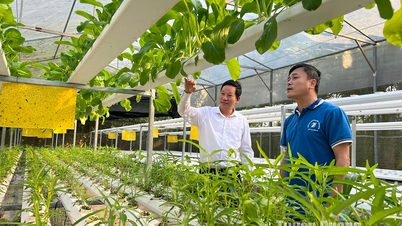
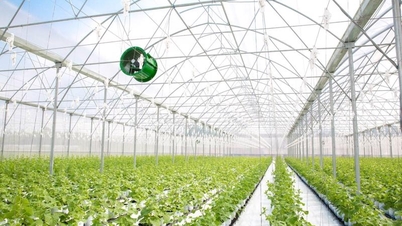




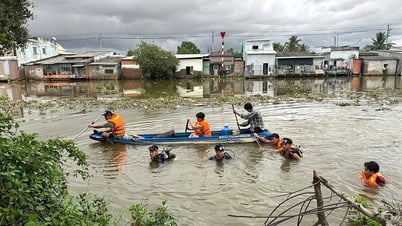
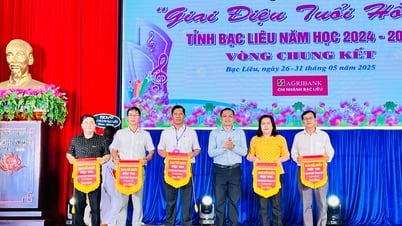
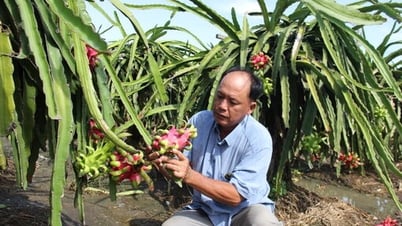



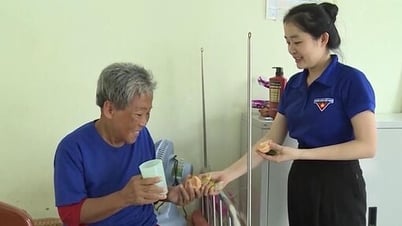





























































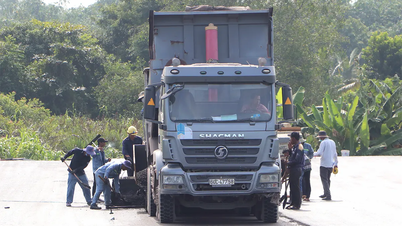

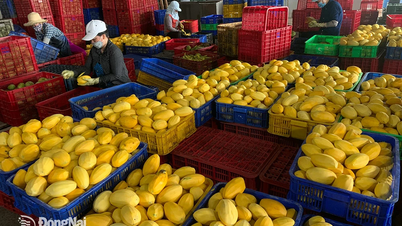
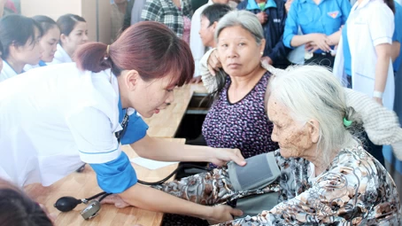
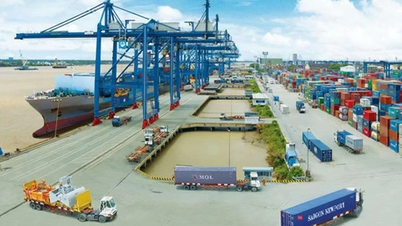








Comment (0)